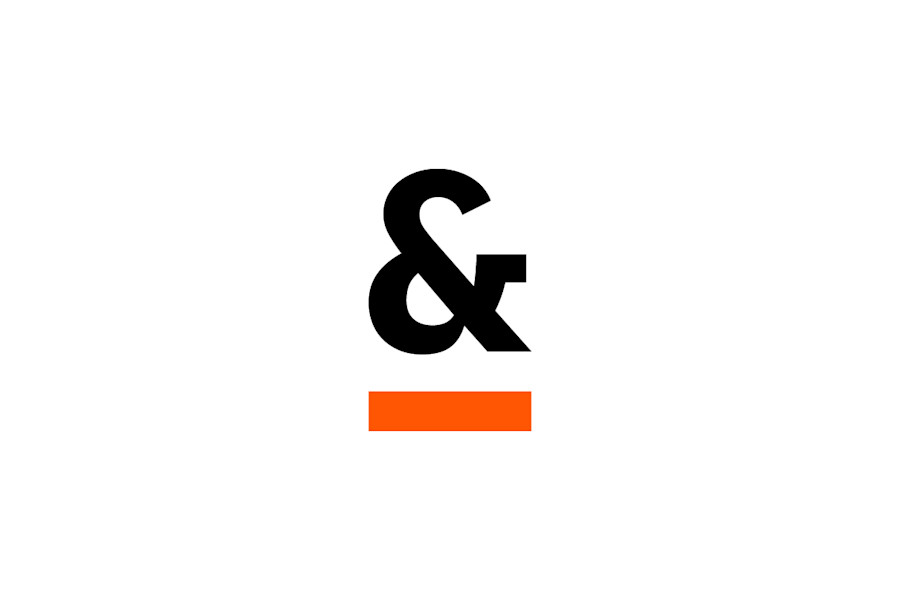As Australia continues to be seen as a jurisdiction friendly to securities class actions, a discussion paper from the Australian Law Reform Commission (ALRC) has suggested reforms to alleviate the "unintended adverse consequences" of these claims on listed companies, their shareholders and insurers. One of these consequences has been the impact on the availability of directors and officers (D&O) cover, leading to the question of whether the decrease in D&O insurance entity (Side C) cover will stem the flow of securities class actions against companies and instead put individual directors more at risk of such claims against them.
To assess whether there is an elevated risk for individual directors it is important to consider factors such as: the key drivers of plaintiff firms and litigation funders in pursuing securities class actions, the commercial and legal challenges in such claims against individual directors, and how an insolvency claim is dealt with in this context.
It would appear, however, that the suggested reforms from the ALRC — including greater regulation of litigation funders, statutory caps on the total fees and commissions charged, and possible reform to statutory offences such as misleading and deceptive conduct — are more likely to have an impact on securities class actions, as opposed to a reduction in Side C cover.
Drivers of plaintiff firms and funders
Australia is considered by many to be second only to the US as the most plaintiff-friendly class action jurisdiction in the world. The threat of securities class actions has caused a significant hardening of the D&O insurance market recently, with premiums for D&O coverage increasing by more than 300% in the last 12 months.1
In these circumstances, it may be instructive for D&O insurers and their insureds to briefly step into the shoes of plaintiff class action law firms and litigation funders. Which factors influence the decision to pursue a securities class action? It might be thought that insurance is at the forefront as plaintiffs look to pursue company targets which have D&O insurers standing behind them.
Given that the availability of insurance coverage is unknown to plaintiff law firms at the time that a securities class action is investigated and commenced, many class actions are brought against large, publicly listed companies that appear to have the means to withstand an adverse judgment in their own right. In such a scenario, the availability of responsive D&O insurance entity cover may only be a small or even irrelevant factor in the minds of plaintiff lawyers.
With a prohibition on contingency fees still in effect (for now), litigation funding is crucial in order for many securities class actions to get off the ground. Pursuing multiple defendant directors instead of a single company may well be an unattractive prospect for funders. Their business model is premised on a rigorous assessment of risk/reward at the outset and multiple director defendants, often all separately represented, amount to a significant potential adverse costs exposure. In this situation, it is likely to be more difficult and expensive to obtain after the event insurance (taken out by most litigation funders to indemnify them against any adverse costs orders), which would limit the return on any investment made by the funder.
These commercial factors tend to suggest that the availability of Side C cover is generally not a primary motivator in securities class actions.
Company vs director claims
On the legal side, the two most common statutory claims underpinning shareholder class actions are misleading and deceptive conduct,2 and non-compliance with continuous disclosure obligations.3 Both are available against companies and directors.
In a claim against a listed company for misleading and deceptive conduct, plaintiffs will tend to build a case based upon a pattern of conduct involving several layers of management which they seek to impute to the company as a whole. A range of evidence from different individuals from within the defendant may be deployed to establish liability.
In contrast, in a claim against a director, a plaintiff must prove that the conduct of the specific director was misleading and deceptive. This is generally a more difficult forensic task because they must adduce evidence of that director’s personal acts and omissions, which limits the potential scope of the evidence.
Equally, seeking to argue that a director is liable for failing to comply with continuous disclosure obligations is generally more challenging than establishing such a claim against a company. A plaintiff must either establish accessorial liability on the part of the director (also available in misleading and deceptive claims) or that the director’s actions were in breach of their duties. Directors are able to rely on defences to accessorial liability and breach of duty claims that are unavailable for companies.
Further, whereas a breach of continuous disclosure obligations against a company is a strict liability offence, the same cause of action based on accessorial liability is more difficult to establish against a director. It requires proof of actual (rather than constructive) knowledge on the part of the director or that the director induced the contravention or was knowingly a party to that contravention. Moreover, breach of duty claims are not strict liability offences and are also subject to defences upon which company directors can rely.
Impact of the availability of Side C cover on insolvency claims
Would a reduction in the availability of Side C cover have more of an impact in an insolvency scenario? In this situation, a company’s Side C cover is potentially the only asset for plaintiffs to enforce against. If there is no such Side C cover, the plaintiff might be more inclined to make a claim against directors in the event of an insolvency.
However, even if an insolvent company has Side C cover, it is more difficult to bring a class action against an insolvent company because formal leave of the court is required to proceed against a company in liquidation. No such leave is required to bring a claim against the directors of an insolvent company. Moreover, company directors have certain statutory duties including not to trade a company whilst insolvent, which are not applicable to companies. As such, whilst it is generally more straightforward to pursue a company, the position is different in the event of insolvency. Accordingly, directors and officers may be more likely to face class action claims than a company in an insolvency scenario, regardless of the availability of Side C.
Claims against external professional advisers (for example, auditors) which often arise in an insolvency scenario are also unlikely to be affected by any reduction in Side C cover.
It is worth noting that some D&O policies have insolvency exclusions applicable to Side A and B cover, so even if directors are pursued, the claims against them may be excluded from cover if their policies have appropriately worded insolvency exclusions.
Impact of ALRC findings
In its recent discussion paper into proposed reforms to Australia's class actions regime, the ALRC has observed that securities class actions have caused "unintended adverse consequences" to listed companies, their shareholders and insurers. The suggested reforms include greater regulation of litigation funders and a statutory cap on the total fees charged by class action lawyers and the commission that can be charged by litigation funders. Perhaps most interestingly, the ALRC raised possible reform to statutory offences such as misleading and deceptive conduct, which do not exist in other jurisdictions in a strict liability form.
These areas are all important in driving the current volume of class actions and the suggested reforms, if implemented, are likely to have a greater impact on the flow of securities class actions than any reduction in the availability of Side C cover.
2 s 1041H, Corporations Act 2001 (Cth); s 12DA, Australian Securities and Investments Commission Act 2001 (Cth).
3 s 674(2), Corporations Act 2001 (Cth).
4 s 674(2A), Corporations Act 2001 (Cth).
All information on this site is of a general nature only and is not intended to be relied upon as, nor to be a substitute for, specific legal professional advice. No responsibility for the loss occasioned to any person acting on or refraining from action as a result of any material published can be accepted.
 Client portal
Client portal
















